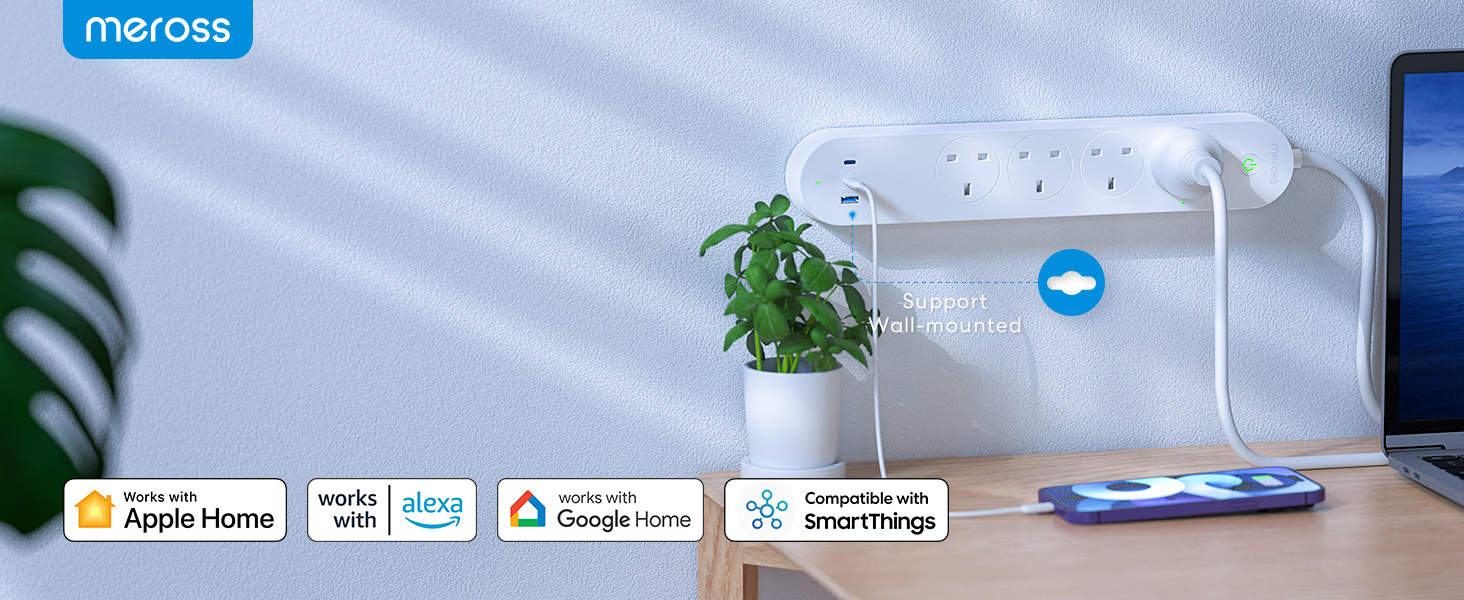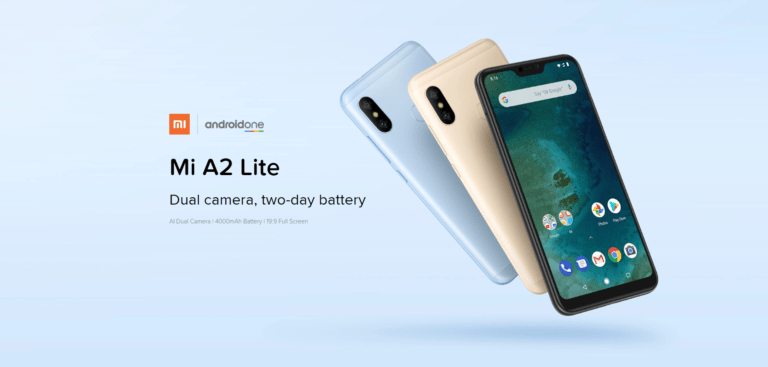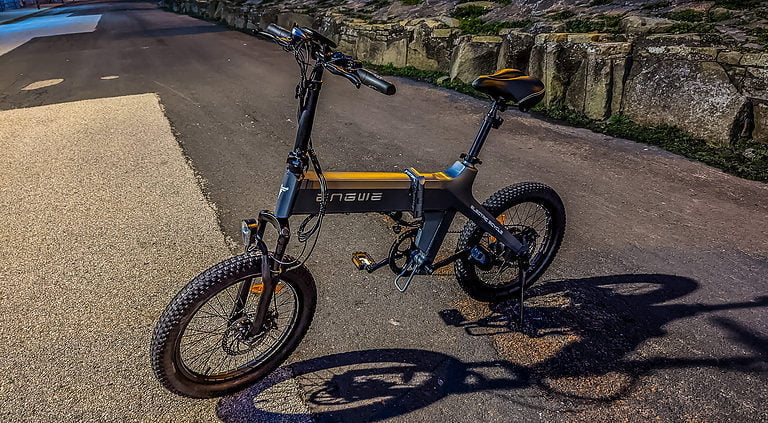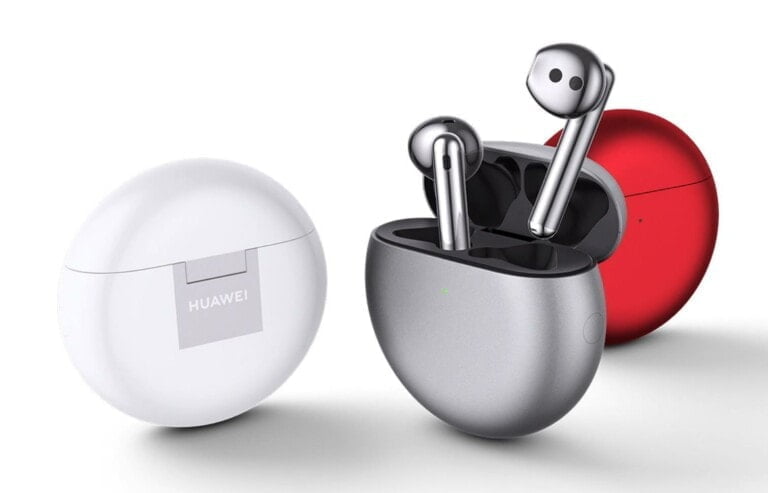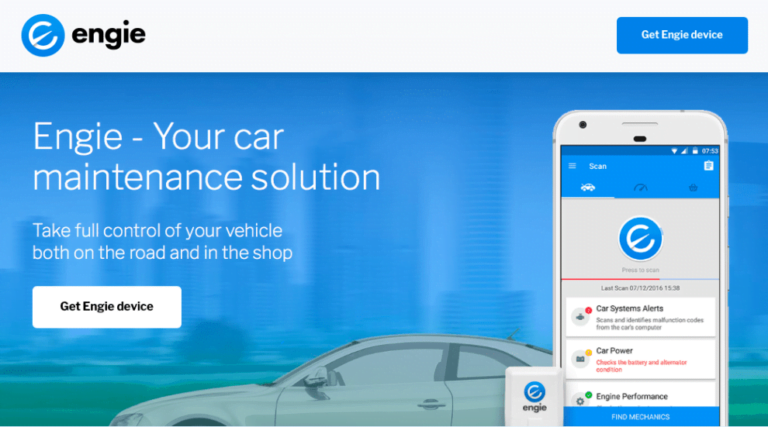Any links to online stores should be assumed to be affiliates. The company or PR agency provides all or most review samples. They have no control over my content, and I provide my honest opinion.
While many brands out there have smart plug sockets, there are only a handful of options for smart power strips.
TP-Link Kasa is the best-known brand that has a smart power strip, with the KP303, which is a three-plug strip and two USB-A ports.
Many other brands are random companies that produce strips which use the Smart Life app.
You then have Meross, which has multiple options and is generally a well-regarded company for smart home devices.
They are arguably the most appealing brand if you want a smart power strip as their products are compatible with a wide range of ecosystems, including Apple HomeKit, Amazon Alexa, Google Home, and SmartThings. It is also possible to integrate them with Home Assistant.
Furthermore, they have multiple options at different price points, and the MSP843P I am reviewing today is possibly the only strip that has USB-C power delivery with up to 65W output.
| Preview | Product | Rating | Price | |
|---|---|---|---|---|

| Meross Smart Power Strip, 65W GaN Fast Charger, 4 Outlet + 2... |
£49.49 | Buy on Amazon |
Specification / Features
- Four individually controllable power sockets.
- Two USB-C ports and one USB-A port.
- Maximum power output of 65W on one of the USB-C ports.
- Compatible with Apple HomeKit, Samsung SmartThings, Amazon Alexa, Google Assistant.
- Home Assistant and Homey support through community apps.
- Comes with automation features and schedules.
- Overload protection mechanism for safety.
- WiFi connectivity, eliminating the need for additional hubs or bridges.
The Meross App and Set Up
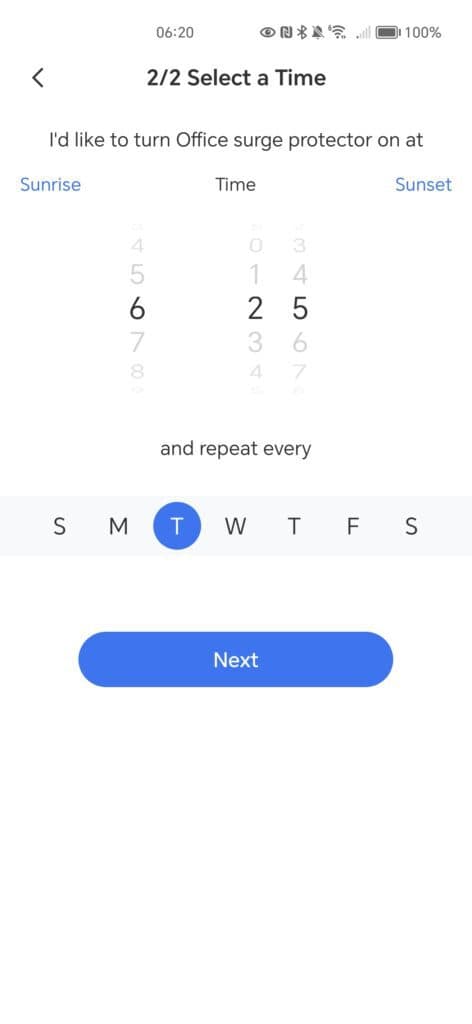



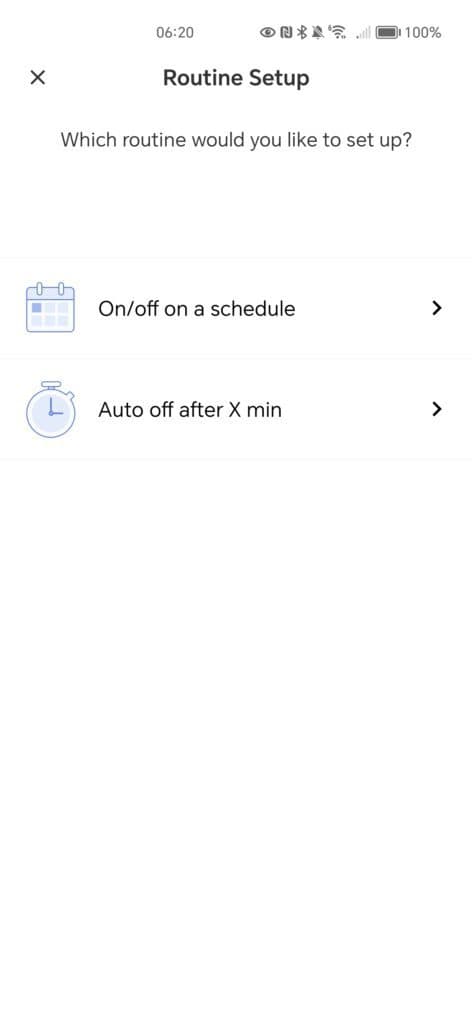

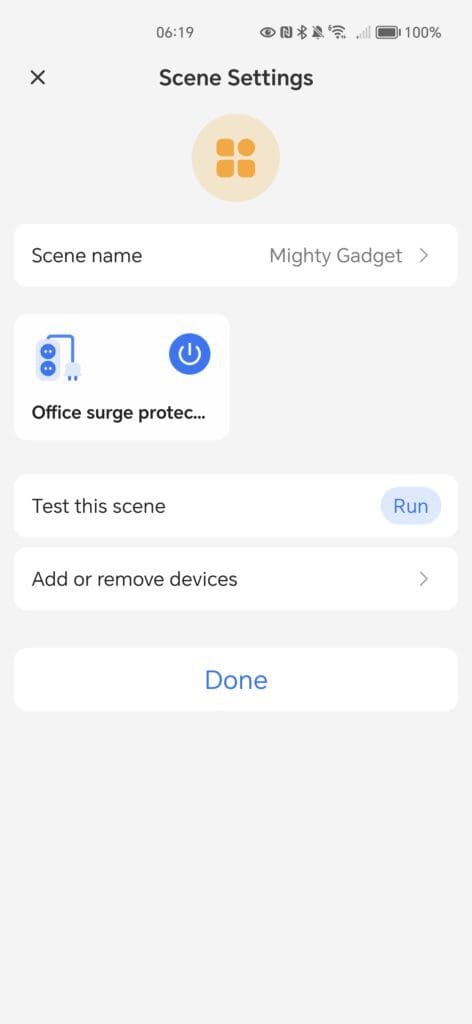

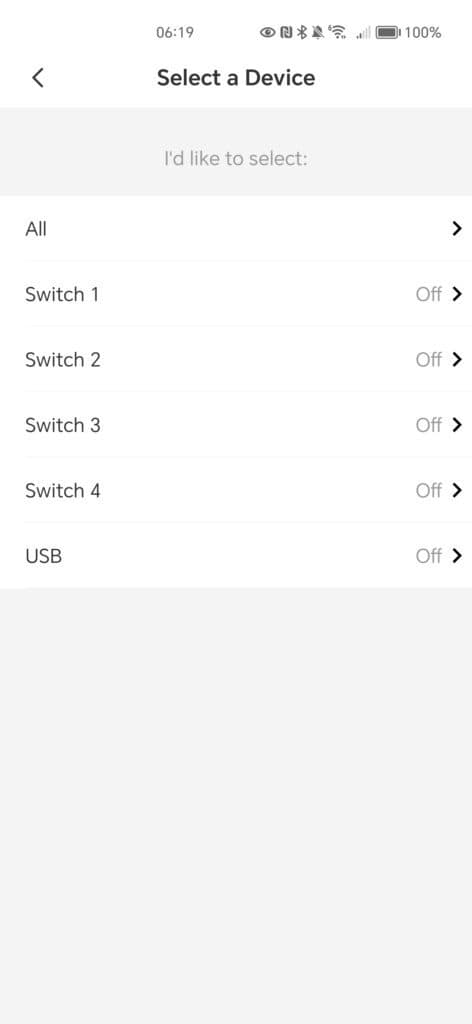

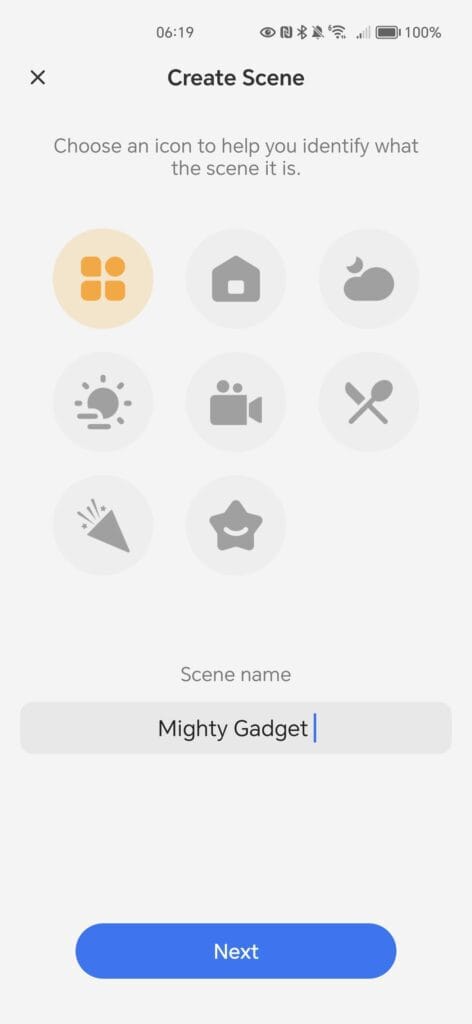

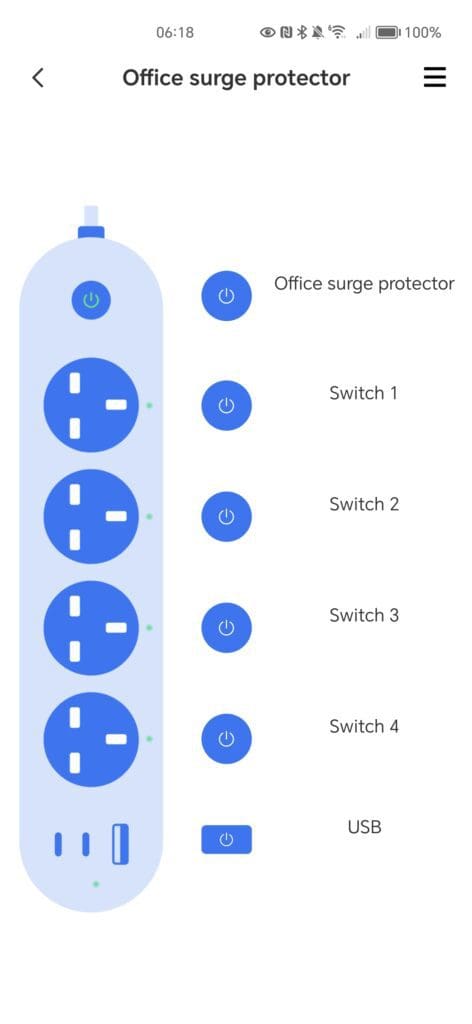

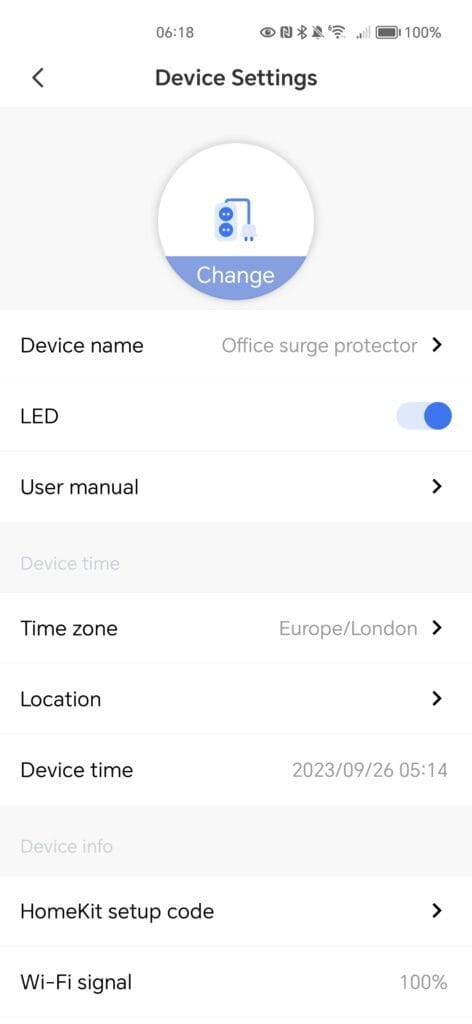

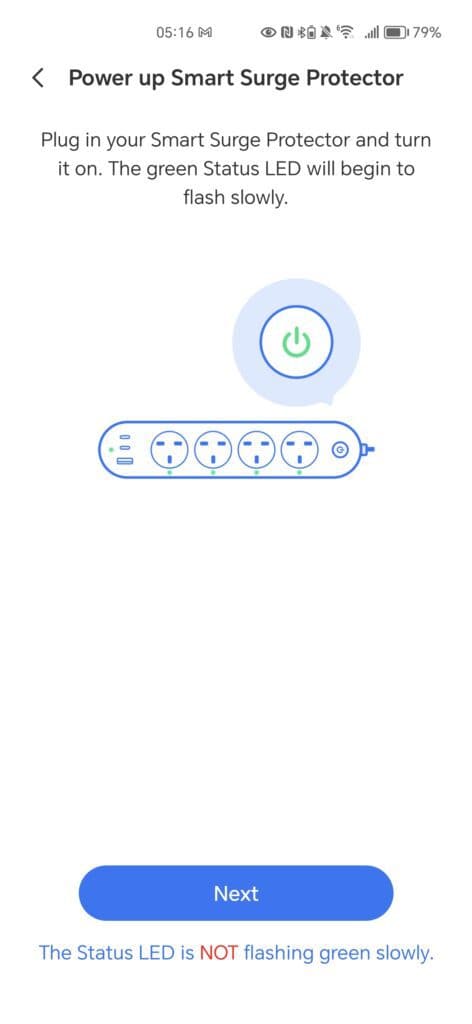

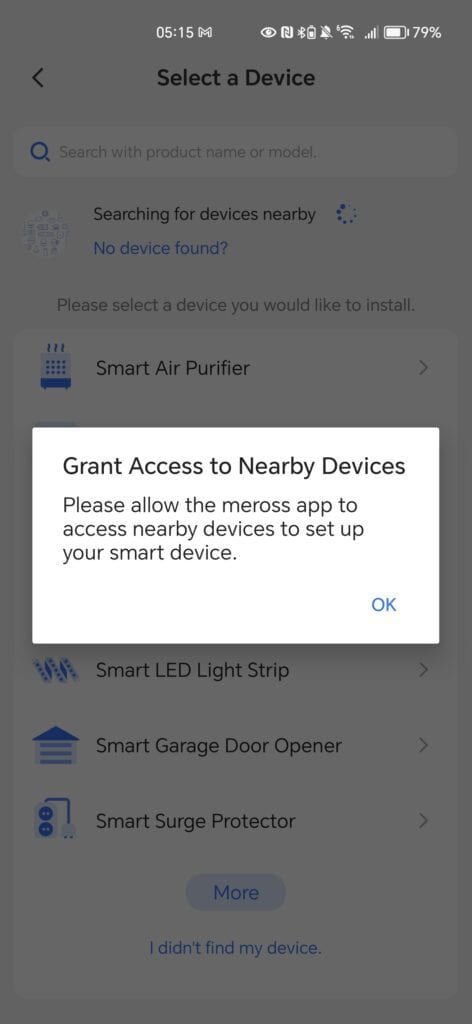

Setting up and controlling the MSP843P is a breeze with the Meross app. It is a similar procedure to most smart home devices nowadays. You need to provide location access so that the app can find the power strip, and then supply it with your WiFi credentials.
The app allows each socket and the group of USB ports to be individually controlled. You can easily toggle the power for your devices with a few taps on your smartphone.
The application also offers two types of automation – standard schedules and auto-off timers. You can set on and off times for each socket, and determine an auto-off time routine for each outlet and the USB ports.
The app offers an intuitive interface and is easily navigable, making it user-friendly even for those who are not particularly tech-savvy.
Plug Sockets and Schedules
The MSP843P features four standard power sockets, neatly spaced to prevent socket-blocking issues. Each plug and the USB ports can appear as its own individual smart plug in the app, giving you the same level of control that you would have with a standalone smart plug.
The USB ports can’t be individually controlled, which is the same as other power strips I have used.
One of the standout features of this power strip is the ability to create schedules. I use smart plugs extensively in my office, which powers up everything in the morning and then down in the evening. This not only reduces phantom energy costs, but all the lights, monitors and PC are on in the morning. It only saves a few minutes, but I find it makes starting work early in the morning a bit easier when it is dark outside and I am tired and unmotivated before my morning caffeine kicks in.
65W Power Delivery USB-C
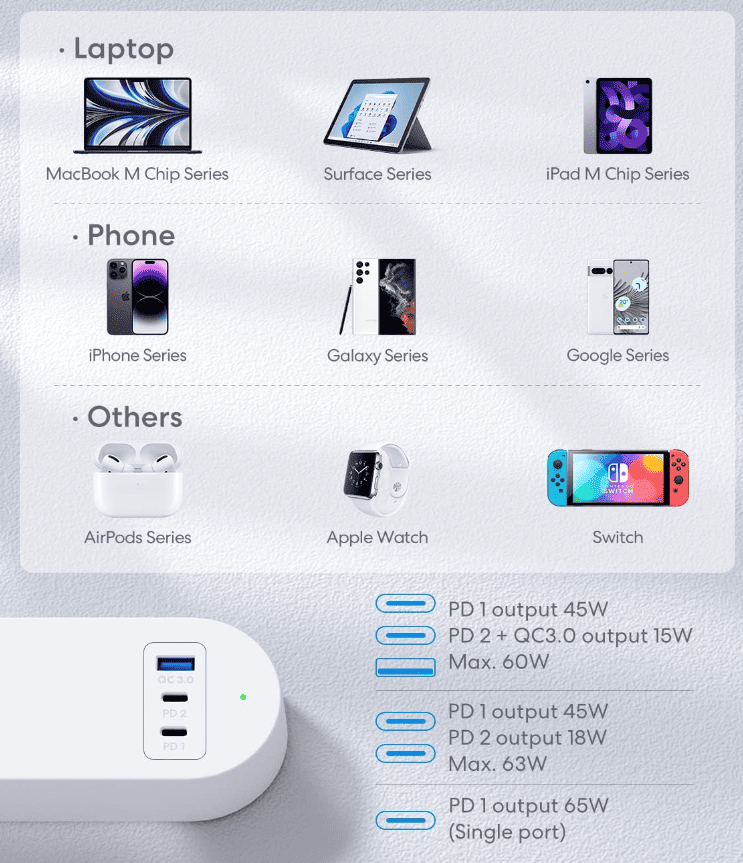

One of the most notable features of the MSP843P is its 65W power delivery via one of the USB-C ports. This means that you can charge compatible laptops without needing their regular power adaptors. This feature is a game-changer for those looking to reduce desk clutter and simplify their device charging setup.
I have reviewed the Ugreen Diginest Cube, which is an extension lead with 65W USB-C, but I have never reviewed or seen any smart power strips with 65W PD USB-C before.
The MSP843P also incorporates GaN (Gallium Nitride) technology, which allows for faster and safer charging. It’s energy-efficient and designed to prevent overheating, providing a safe charging solution for your devices.
SmartThings and HomeKit Compatibility


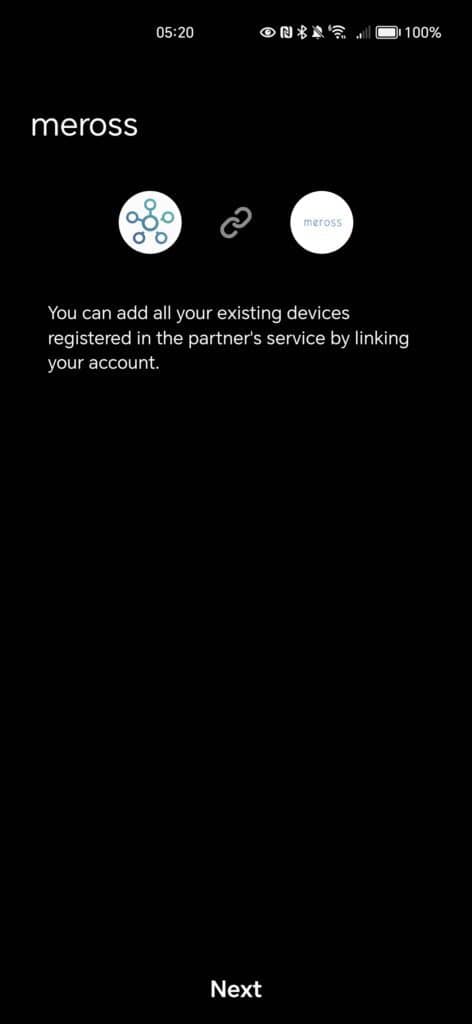

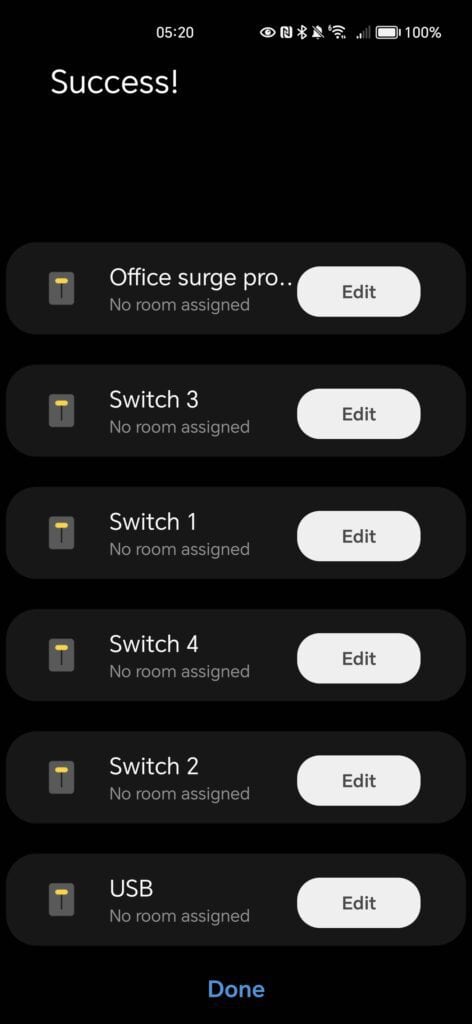

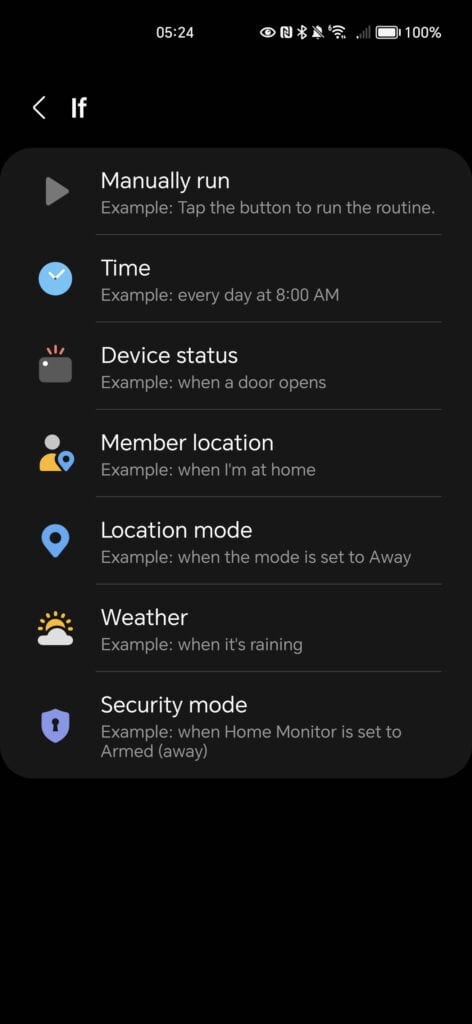

The MSP843P is designed to seamlessly integrate with a variety of smart home platforms. Whether you’re a fan of Apple HomeKit, Amazon Alexa, Google Assistant, or Samsung SmartThings, this power strip is compatible with all.
For Apple users, if you have a hub like an iPad, HomePod, or Apple TV, you can create customised automation that fits perfectly into your routine.
Connecting it to SmartThings is a simple task; you just search Meross in the selected partners, and then you will need to authorise the account with your Mersoss username and password.
SmartThings views each socket separately, so you will need to assign each socket to a room, which is a minor annoyance, but understandable why it works this way.
You can also rename the sockets, allowing you to easily remember what’s plugged into what.
Once in SmartThings, you can use the routine functions to automate the sockets. I only use the schedule for this, but if I had an office in a different location, I could use the on/off automation based on my physical location with geofencing. Alternatively, automate it with any of the SmartThings sensors I have.
Homey
I reviewed the Homey Bridge earlier this year and planned to commit to Homey before I had issues getting the Homey Pro.
For Homey, Meross is one of the community apps, so it is limited to the Homey Pro. Therefore, I have not tested this. The MSP843P is not listed under the supported devices, so I can’t confirm if it works at all, but I’d expect it either does or will do soon.
Home Assistant
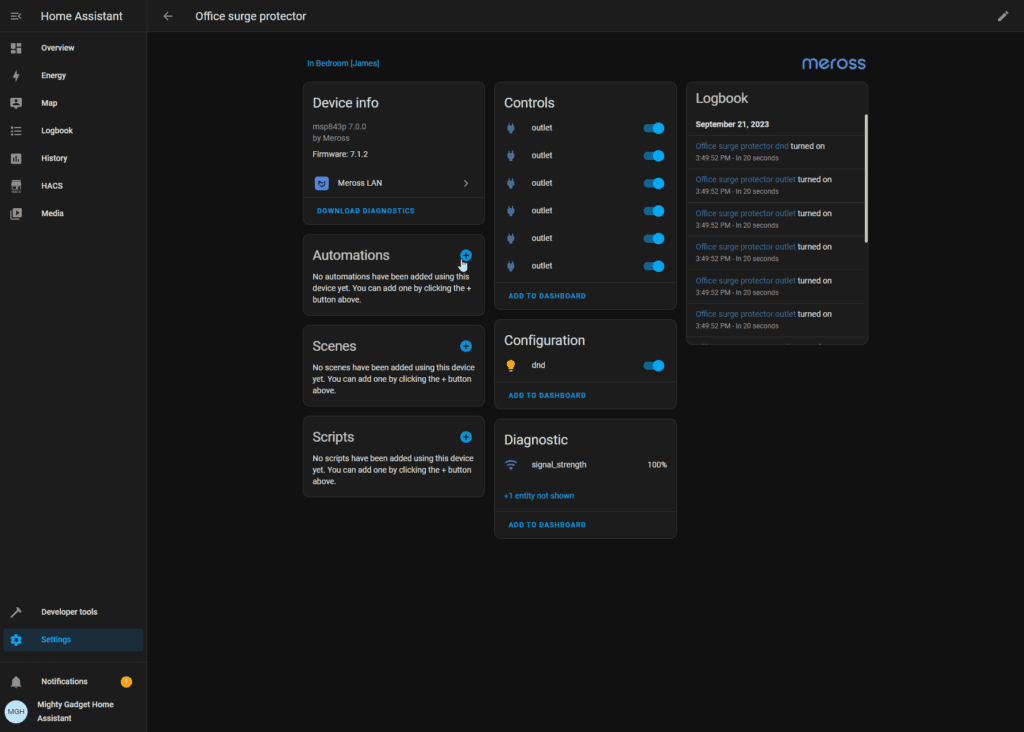

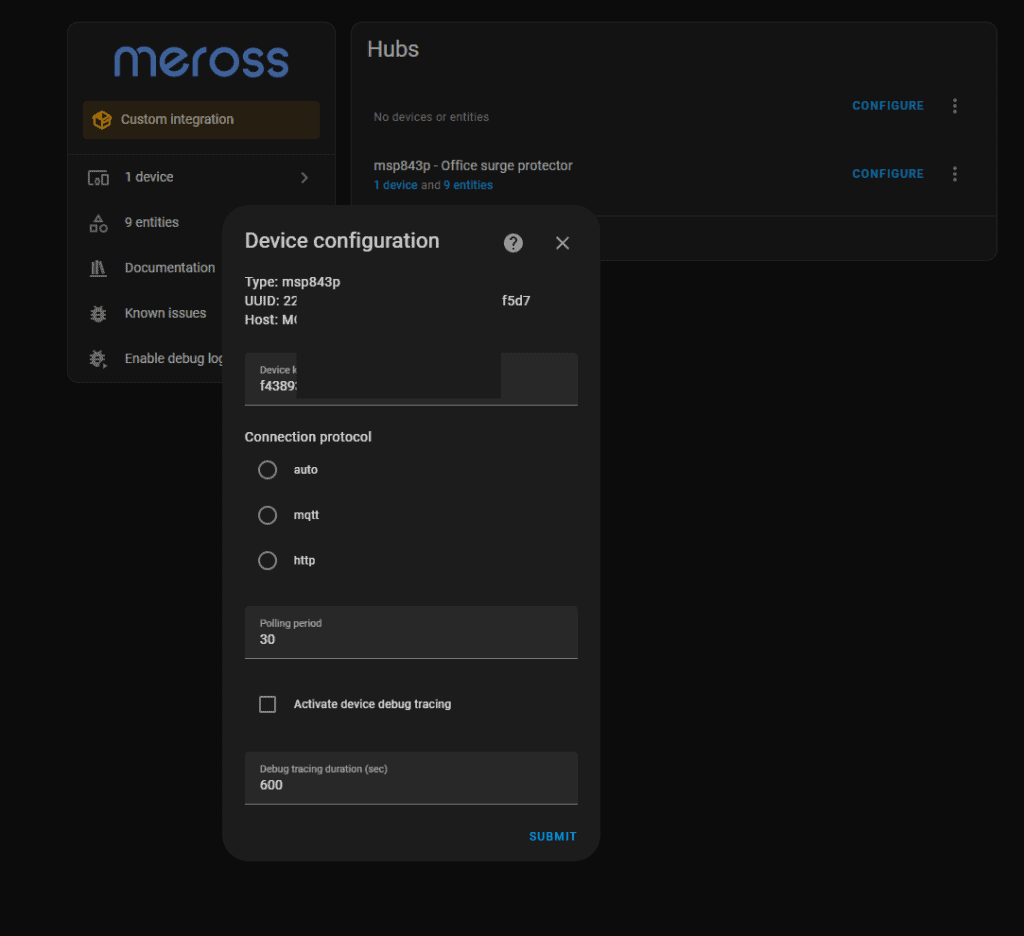

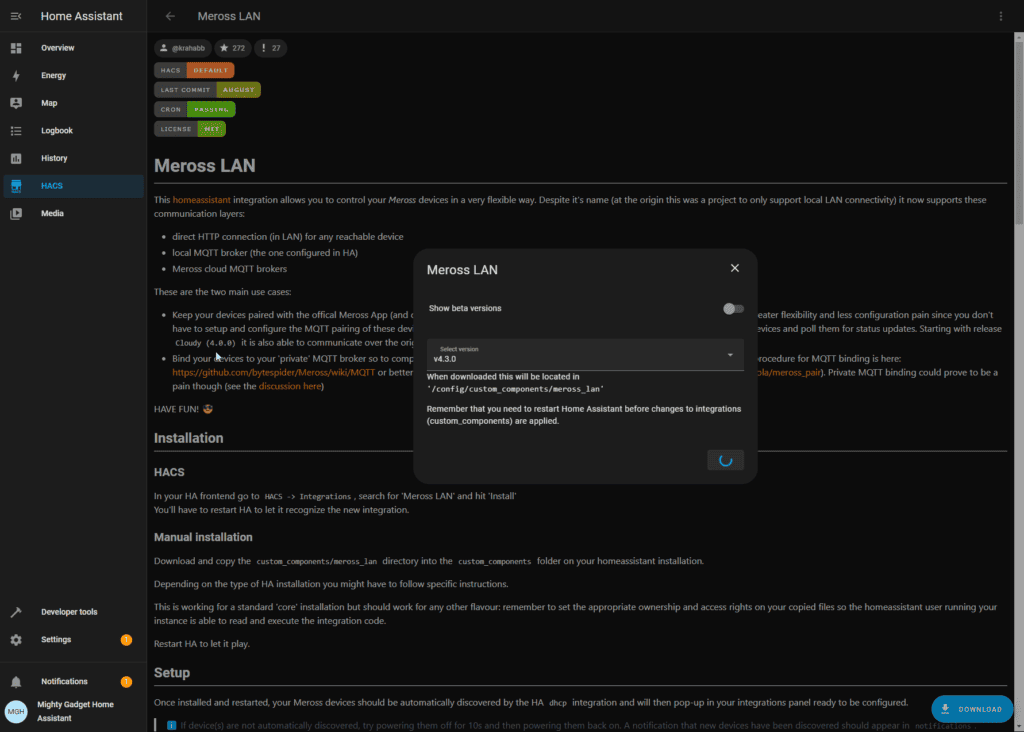

I have been migrating my smart home away from Homey into Home Assistant. You could technically set up the MSP843P within Home Assistant using HomeKit.
Alternatively, and what I chose to do, was to use the Home Assistant Community Store and install the Meross LAN app.
This app supports:
- direct HTTP connection (in LAN) for any reachable device
- local MQTT broker (the one configured in HA)
- Meross cloud MQTT brokers
I opted to use the normal HTTP, which proved to be simple to set up. The Meross LAN GitHub repository doesn’t confirm that the MSP843P is compatible, but it works fine for me.
Unlike SmartThings, Home Assistant recognises this as one device with 9 entities, so you can assign the entire device to one location.
You will want to rename the socket entities as they all have the same name of outlet, which makes setting up automation a bit confusing.
Price and Alternative Options
| Preview | Product | Rating | Price | |
|---|---|---|---|---|
   | Meross Smart Power Strip, 65W GaN Fast Charger, 4 Outlet + 2... |
£49.49 | Buy on Amazon |
The MSP843P comes with a price tag of £69.99, which may seem steep for a power strip. However, considering the unique blend of features it offers, particularly the 65W power delivery via USB-C and compatibility with various smart home platforms, it offers good value for money.
For comparison, the non-smart Ugreen Diginest has an RRP of £69.99, though it regularly drops down to £50. I’d argue the Mersoss MSP843P is, therefore, a better buy due to the smart features.
If you’re not looking to utilise the full 65W power output, Meross has:
- Meross MSS426 Smart Extension Lead with 6 AC Outlets + 4 USB-A Ports for around £40
- Meross MSS425 Smart Extension Lead with 4 AC Outlets + 4 USB-A (20W) Ports for around £37
- Meross MSS426 Smart Extension Lead with 6 AC Outlets + 4 USB-A (20W) Ports which is not HomeKit compatible for around £35
| Preview | Product | Rating | Price | |
|---|---|---|---|---|
  | TP-Link Kasa WiFi Power Strip 3 outlets with 2 USB Ports,... |
£27.99 | Buy on Amazon |
The TP-Link Kasa KP303 power strip with 3x AC outlets and 2x USB-A ports is attractively priced at around £27. This doesn’t support HomeKit but does SmartThings, Homey and Home Assistant.
Overall
To sum it up, the Meross Smart Fast Charging Power Strip MSP843P sets itself apart with its unique blend of features.
The highlight for me is the inclusion of the 65W Power Delivery USB-C ports, which is the main thing that differentiates this for me.
You then have extensive support for third-party ecosystems, including native Apple HomeKit, and SmartThings, plus community-developed support on Homey and Home Assistant.
Meross MSP843P Smart Fast Charging Power Strip Review
Summary
The Meross Smart Fast Charging Power Strip MSP843P sets itself apart with its unique blend of features. The highlight for me is the inclusion of the 65W Power Delivery USB-C ports, which is the main thing that differentiates this for me. Third party ecosystem support is better than competing options, also. This includes HomeKit, SmartThings and Home Assistant.
Overall
95%-
Overall - 95%95%
Pros
- 65W USB-C power delivery plug good amount of sockets
- Decent first-party app and extensive third party support
Cons
- Expensive if you don’t need the 65W PD
I am James, a UK-based tech enthusiast and the Editor and Owner of Mighty Gadget, which I’ve proudly run since 2007. Passionate about all things technology, my expertise spans from computers and networking to mobile, wearables, and smart home devices.
As a fitness fanatic who loves running and cycling, I also have a keen interest in fitness-related technology, and I take every opportunity to cover this niche on my blog. My diverse interests allow me to bring a unique perspective to tech blogging, merging lifestyle, fitness, and the latest tech trends.
In my academic pursuits, I earned a BSc in Information Systems Design from UCLAN, before advancing my learning with a Master’s Degree in Computing. This advanced study also included Cisco CCNA accreditation, further demonstrating my commitment to understanding and staying ahead of the technology curve.
I’m proud to share that Vuelio has consistently ranked Mighty Gadget as one of the top technology blogs in the UK. With my dedication to technology and drive to share my insights, I aim to continue providing my readers with engaging and informative content.
Last update on 2024-04-28 / Affiliate links / Images from Amazon Product Advertising API

